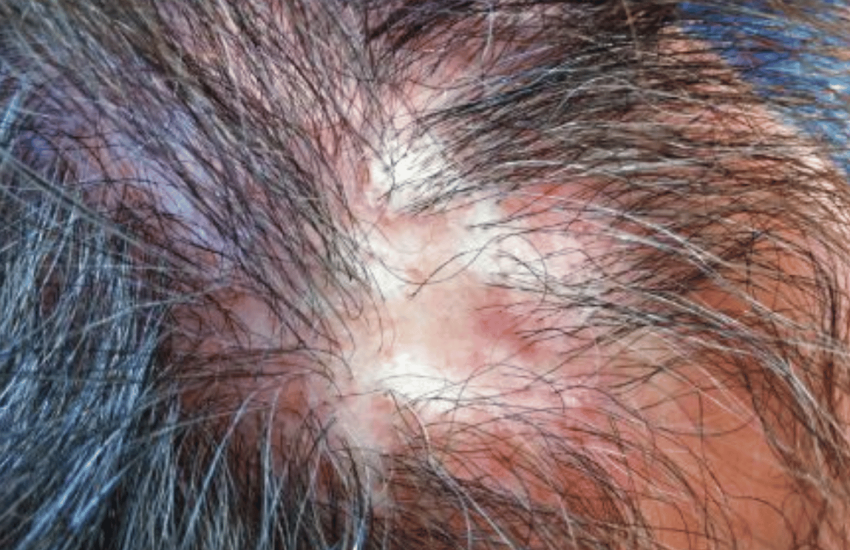Red Spots on Your Body: What They Mean and When to Worry
Introduction
Have you ever noticed red spots on your body and wondered if they were a sign of something serious? While red spots or bumps on the skin are common, they can be alarming when you don’t know what caused them. From harmless conditions to potentially serious issues, understanding the causes of these spots and when to worry is essential for your health. In this post, we’ll break down the various causes of red spots on your skin, help you identify when to be concerned, and provide treatment tips to manage them effectively. Let’s dive into the different red spots on your body causes, and explore itchy red spots on skin and red bumps on skin, so you can stay informed and take the right steps toward healthy skin.
Causes of Red Spots on Skin
Red spots on your body can be the result of various conditions. From minor irritations to more serious health concerns, it’s important to understand what might be causing them. Let’s take a look at some of the most common causes.
1. Allergic Reactions
Allergic reactions often lead to red spots or rashes on your skin. These can be caused by food, medications, insect bites, or even environmental allergens like pollen. If the red spots appear suddenly and are accompanied by swelling, itching, or difficulty breathing, it’s crucial to seek medical attention immediately.
2. Skin Irritations or Contact Dermatitis
When your skin comes into contact with irritants such as harsh chemicals, soaps, or certain fabrics, it can develop red spots or a rash. This type of reaction is known as contact dermatitis. The red bumps on skin from contact dermatitis are typically localized to the area that came into contact with the irritant.
3. Infections
Certain viral or bacterial infections can cause red spots to appear on your body. Conditions like chickenpox, measles, or impetigo lead to the development of red spots, often accompanied by other symptoms like fever, fatigue, or blisters. Red spots on arms and legs are particularly common in these cases.
4. Heat Rash
Also known as prickly heat, a heat rash occurs when sweat is trapped in sweat ducts, causing red spots to appear on the skin. This condition is especially common during hot weather or after exercise.
5. Petechiae
Petechiae are tiny red, purple, or brown spots caused by tiny blood vessels under the skin breaking. They can be a sign of a more serious condition, such as a blood clotting disorder or an infection. Petechiae typically don’t fade when pressed and may require immediate medical attention.
6. Eczema and Psoriasis
Chronic skin conditions like eczema and psoriasis often result in red spots or patches of inflamed skin. These spots can appear as scaly, dry patches on the skin and are usually accompanied by itching and discomfort.
When to Worry About Red Spots on Skin
While many red spots on your body are harmless, there are times when they could signal a more serious condition. Here’s when you should be concerned and seek medical advice:
- If the spots don’t fade: If you press on the red spots and they don’t turn white, they could be petechiae or a sign of an infection, which may require medical intervention.
- Accompanied by fever: If red spots are accompanied by a fever, it may indicate a viral infection like measles, or even a more severe condition like meningitis.
- Spreading rapidly: If the red spots are spreading quickly, this could be a sign of an allergic reaction, infection, or another health issue that requires immediate attention.
- Severe pain or swelling: When red spots are painful or swollen, it might be a sign of a deeper health problem, such as an infection, blood clotting disorder, or autoimmune disease.
Red Spots Treatment: How to Relieve Symptoms
While identifying the underlying cause is essential, there are general steps you can take to manage red spots and reduce discomfort:
1. Cold Compresses
Applying a cold compress to the affected area can help reduce inflammation and soothe itching caused by conditions like eczema, contact dermatitis, or heat rash.
2. Topical Creams
Hydrocortisone creams or over-the-counter anti-itch creams can provide relief for conditions like contact dermatitis and eczema. These treatments help reduce inflammation and itching.
3. Antihistamines
If your red spots are caused by an allergic reaction, antihistamines can help alleviate itching and swelling. Be sure to consult with your doctor before taking any new medications.
4. Moisturizing
For conditions like eczema and psoriasis, keeping your skin moisturized is crucial. Use fragrance-free moisturizers that help lock in moisture and prevent flare-ups.
5. Seek Medical Attention
For infections, petechiae, or any concerning symptoms like fever, it’s best to consult with a healthcare provider. They can prescribe appropriate medications and guide you through the next steps for treatment.
Common Mistakes to Avoid
When dealing with red spots on your skin, it’s important to avoid common mistakes that could worsen the condition:
- Scratching the Spots: Scratching can lead to skin damage, infection, or scarring, especially with itchy red spots on the skin caused by conditions like eczema or insect bites.
- Using Harsh Products: Strong soaps, perfumes, or other skin irritants can exacerbate skin conditions. Stick to gentle, fragrance-free products until your skin clears up.
- Ignoring Serious Symptoms: If you notice persistent symptoms like a fever, difficulty breathing, or rapidly spreading spots, don’t delay medical attention.
Storing Tips for the Recipe
Although not applicable for red spots treatment, if you want to keep your skin care products fresh, here’s a quick guide:
- Store creams and ointments in a cool, dry place.
- Ensure that any topical treatments are sealed properly to avoid contamination.
Conclusion
Red spots on the body can be a source of concern, but most are harmless and can be easily managed. By understanding the causes of red spots on skin and knowing when to worry, you can take proactive steps to care for your skin. Whether it’s an allergic reaction, a heat rash, or a more serious condition, early detection and proper treatment are key. If you experience itchy red spots on skin or red bumps on skin, follow the steps outlined in this post for relief, and don’t hesitate to seek medical attention if needed.



